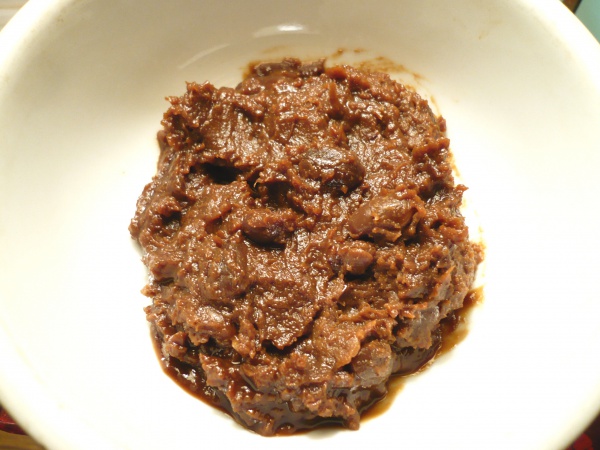Facts About Doenjang
Doenjang, or soybean paste, is a traditional Korean fermented bean paste made from just soybeans and brine. It originates from the process of making soup soy sauce and can also be enjoyed as a savory relish.
The history of doenjang is rich and dates back to ancient Korea, even before the era of the Three Kingdoms. Historical texts highlight the use of doenjang and ganjang (soy sauce) in various ceremonies and events throughout Korean history.
To make doenjang, soybeans are first fermented to create meju, which are Korean soybean bricks. These meju bricks are then aged in onggi crocks with brine, charcoal, and chili peppers. After fermentation, the meju chunks are mashed into doenjang, while the liquid byproduct is boiled down to make ganjang.
There are several types of doenjang, such as Tojang and Jangjae, each with unique production methods. Factory-made variations might include additional ingredients like wheat flour.
In Korean cuisine, doenjang is a versatile staple. It is used as a condiment, seasoning, or dipping sauce. It is often mixed with garlic, sesame oil, and other ingredients to make ssamjang, which pairs wonderfully with leafy vegetables and meats. Doenjang is also a key ingredient in soups and stews like doenjang jjigae.
Nutritionally, doenjang is packed with flavonoids, vitamins, minerals, and phytoestrogens, which are believed to offer various health benefits, including potential anticancer properties. It is also a good source of lysine, an essential amino acid, as well as fatty acids like linoleic and linolenic acid.
Doenjang is gaining international popularity as a key component of authentic Korean cuisine. It is often compared to other Asian fermented soybean pastes, such as doujiang from northeast China and miso from Japan.
In popular culture, doenjang jjigae has been featured in movies and remains a beloved dish in Korea. The term "Doenjang girl" has even emerged to describe someone who flaunts luxury items but enjoys simple, inexpensive foods like doenjang at home.

 North Korea
North Korea